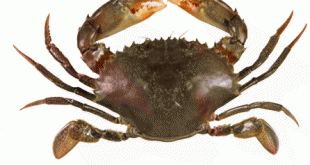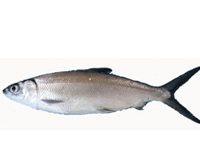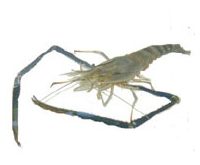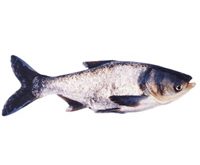Why tilapia hatchery/culture?
- Tilapia, also known as “aquatic chicken,” grows fast and easily breeds
 in captivity
in captivity - Technology for its propagation and culture requires little input
- Hatcheries can readily supply the seedstock the industry needs
- Tilapia has become an effective biocontrol agent for luminous bacteria
- Generally occupies a smaller area than other culture species
| Technological Viability | List of Technology Adoptors |
| Tilapia Hatchery
|
Tilapia Hatchery • SEAFDEC/AQD’s freshwater training alumni • Bingawan LGU and Bingawan Multi-purpose Cooperative, Bingawan, Iloilo (1998) • San Julian dam, Tapaz, Iloilo (1999) |
| Tilapia Grow-out
|
| AQD’s Work on Tilapia |
| Tilapia hatchery technology may be attributed to the works of the Central Luzon State University’s Freshwater Aquaculture Center, the Department of Agriculture’s Bureau of Fisheries and Aquatic Resources, The World Fish Center (formerly ICLARM), PCAMRD, and SEAFDEC/AQD among other groups. Some publications have been authored by AQD in mid-1980s, including feed formulations for Nile tilapia broodstock and nursery. Work on a farm-based genetic selection scheme was conducted a decade later to give tilapia farmers a more scientific guide in selecting and managing breeders.
AQD continues to help popularize and extend tilapia hatchery and grow-out technologies by conducting a regular training course on freshwater aquaculture, and publishing two manuals in Filipino on tilapia hatchery (1996, revised 2001) and grow-out (1996) and another one in English (2004). Consultations are also given to attendees of fairs and exhibits where AQD usually puts up a booth. |
 SEAFDEC/AQD Southeast Asian Fisheries Development Center | Aquaculture Department
SEAFDEC/AQD Southeast Asian Fisheries Development Center | Aquaculture Department
 Breeders can be obtained from reputable hatcheries or selected from previous stock. Formulated feeds may be availed from feed companies, especially for broodstock, which needs 40% protein.
Breeders can be obtained from reputable hatcheries or selected from previous stock. Formulated feeds may be availed from feed companies, especially for broodstock, which needs 40% protein.  Tilapia grow-out culture may be done in tanks, cages, and ponds (using either extensive, semi-intensive or intensive setup).
Tilapia grow-out culture may be done in tanks, cages, and ponds (using either extensive, semi-intensive or intensive setup).


